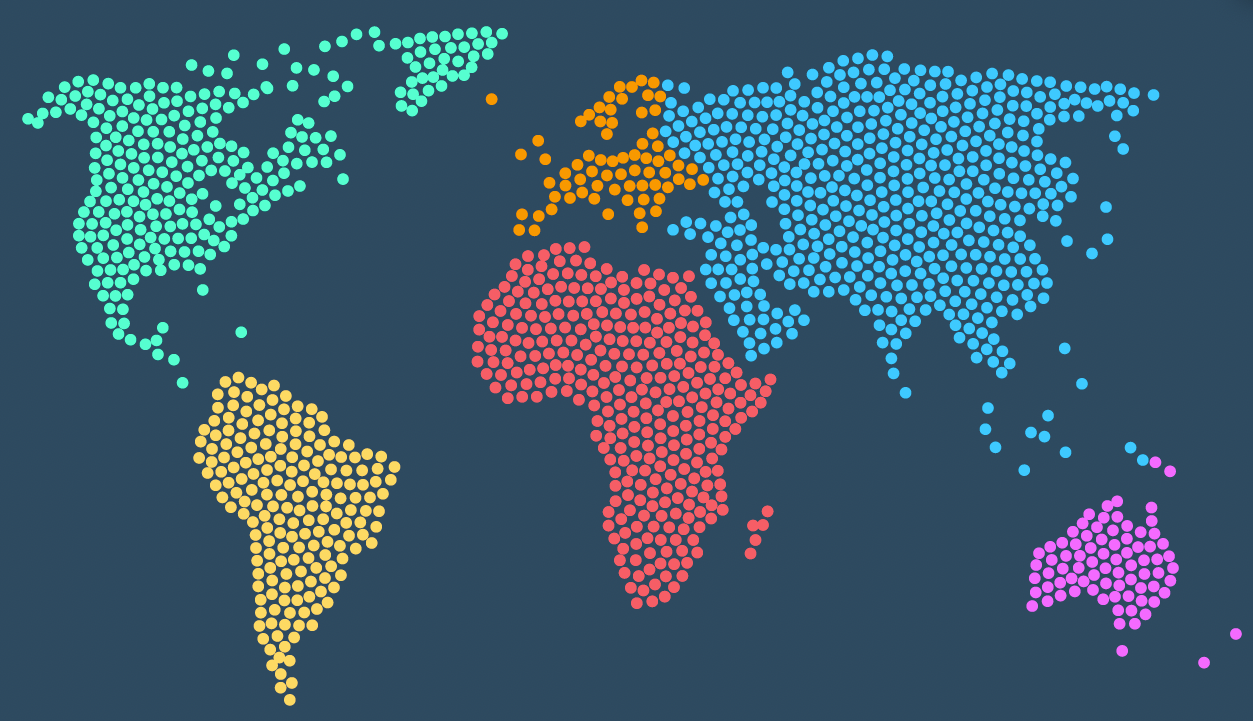Article
Analysis Shows 100 Million Non–COVID-19 Adult Vaccines Potentially Missed
Author(s):
The COVID-19 pandemic had a particularly negative impact on the uptake of non–COVID-19 vaccines for adults in some countries. Even countries with great progress in adult vaccination prior to the pandemic saw a decline after the pandemic.
This article originally appeared on ContaginLive®.
This week a new report estimated that approximately 100 million fewer doses of some adult vaccines (excluding COVID-19 vaccines) were administered in 2021 and 2022 than anticipated. This data analysis was based on the global vaccination adoption trends observed from 2013 to 2020, compounding already low adoption rates pre-pandemic.
The data was shared by GSK, in collaboration with the IQVIA Institute for Human Data Science and the Global Coalition on Aging (GCOA). The final report, Trends in Global Adult Vaccination Impact of COVID-19, was published by IQVIA and funded by GSK. It can be downloaded here.
The COVID-19 pandemic had a particularly negative impact on adult vaccination uptake in countries the medium or low category on the Human Development Index, which takes into account life expectancy, education, and per capita income.

The report references adult vaccines, in terms of volume of use, for influenza, diphtheria and tetanus (Td), diphtheria, tetanus and pertussis (TDaP), hepatitis B, herpes zoster, and pneumococcal. All of which have witnessed continual progress, according to the report. They reached a peak of approximately 400 million doses in 2020 with historical (compound annual growth rate (CAGR) of 7.9% between 2013 and 2019 and a CAGR of 8.9%, including 2020.
COVID-19 Vaccine Success Does Not Translate to Other Adult Vaccines
Although vaccine utilization remained low, it was trending in a positive direction prior to COVID-19. However, the first 2 years of the pandemic really demonstrated limited utilization of adult vaccines.
According to the analysis, despite the success of COVID-19 adult vaccination programs—with 132 doses of COVID-19 vaccine doses delivered for every 100 adults in 2022—only 16.2 doses per 100 adults were delivered globally for some other adult vaccines.
The analysis also shows that the COVID-19 pandemic had a particularly negative impact on adult vaccination uptake in countries in the medium or low category on the Human Development Index (HDI), an index which takes into account life expectancy, education, and per capita income. Countries such as India, Morocco, and Philippines in the medium category, and Pakistan, Senegal, Togo and others in the low category had substantial declines in adult vaccination during the pandemic, and rates have also failed to recover, remaining below trendlines.
Countries with a “very high” HDI, including the United States, most of Europe, Japan, and others, were making the most progress in adult immunization prior to the pandemic. These countries also saw a decline in uptake, after hitting a peak in 2020-2021, from which they are still recovering.
“While significant strides in vaccine development have delivered vaccines to help prolong the health span of adults, data shows that we are falling short on protecting adults around the world from vaccine-preventable diseases,” Piyali Mukherjee, vice president Global Vaccines Medical Affairs, GSK, said in a statement.
In addition, the report also stated the following:
- Investment in adult vaccines remains low and accounted for less than 2% of total pharmaceutical expenditure in all regions
- The COVID-19 pandemic had a particularly negative impact on adult vaccination uptake in medium- or low-income countries
- Existing data that show adult vaccine-preventable diseases are a major cause of morbidity, mortality and health care cost
“Similar to COVID-19 vaccine policy, it’s critical that we frame all adult vaccinations as not only valuable for adult health but also for society as a whole,” Michael W. Hodin, CEO, GCOA, said in a statement. “The health of our adult population is a critical factor in the overarching health of our global economy, and thus, prevention is a tool of positive impact for health systems overall. Broad access to adult vaccines will also help to make significant progress on the UN Sustainable Development Goals, and the Decade of Healthy Aging.”
The report’s authors point out that there is an overall aging population trend and the obvious benefit associated with a greater utilization of adult vaccines in these populations.
“By 2030, the number of people aged 60 years and older is expected to increase by more than a third, to 1.4 billion, reiterating the importance of older adults to get vaccines to prevent certain diseases and viruses.”
Another important aspect of vaccines is the prevention of antimicrobial resistance (AMR).
“Prevention of bacterial and viral infectious diseases through the use of vaccines can reduce the consumption of antibiotics and slow the level of AMR. This is a particularly crucial aspect of vaccines, as AMR can have large impacts on the health and economic well-being of a region,” the authors wrote.




